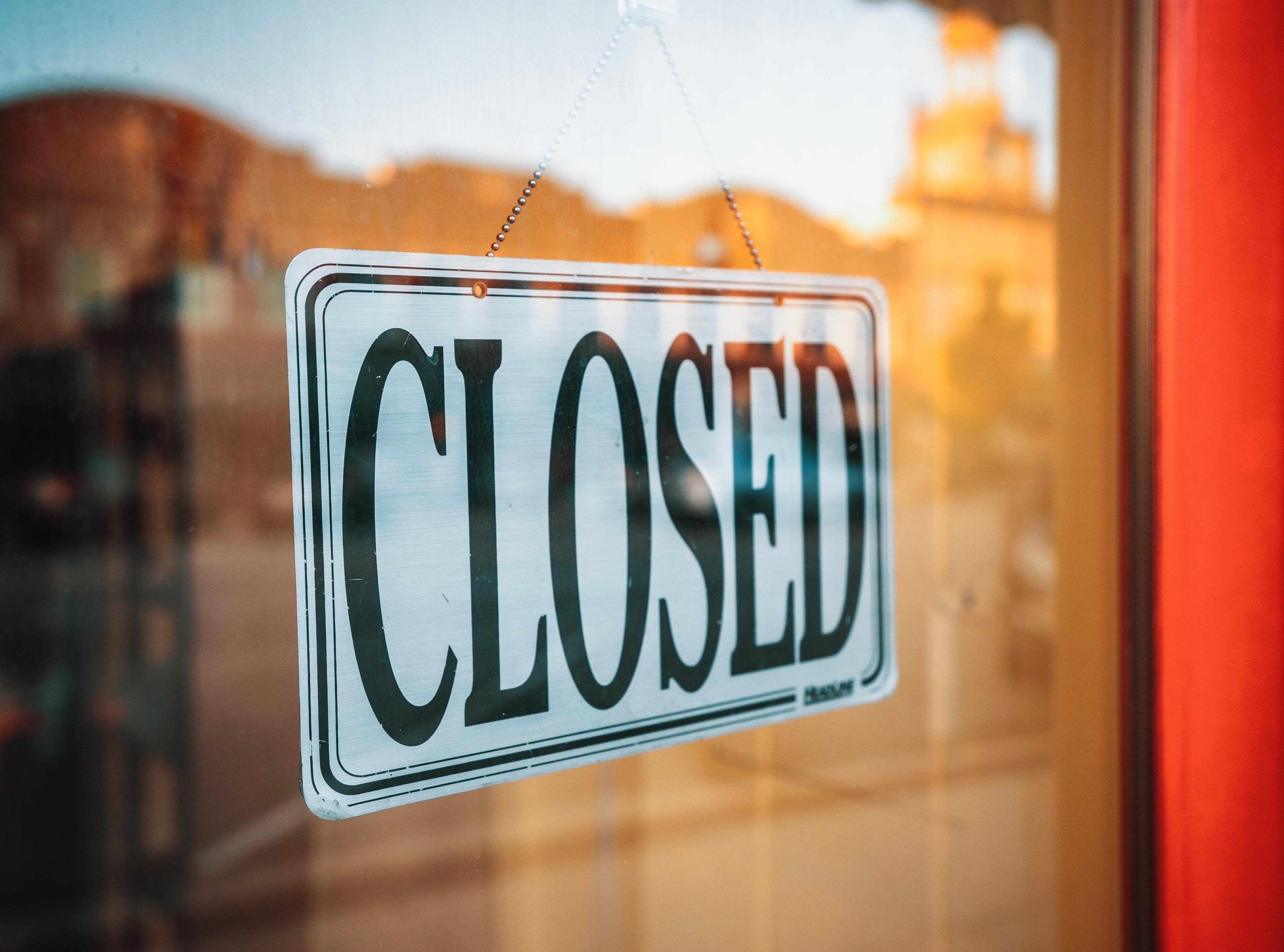What does coronavirus mean for violence against women?

Last week, marchers in Mexico and other countries rallied against femicide. The next day in Mexico, women stayed home and mounted a strike to bring attention to the 1,006 women who were killed in Mexico in 2019. Today, in the United States and elsewhere, women and families are also staying home due to the threat of the coronavirus. As they do so, it’s important to consider the person-to-person threat of violence they may face.
While intimate partner violence may initially seem unrelated to the COVID-19, one police station in China received 162 reports of domestic violence in February 2020. In the previous year, the police station received only 47 reports. Leading anti-domestic violence advocates attribute this rise in reported cases to the lockdown. Data from settings impacted by humanitarian crises indicate that intimate partner violence is highly prevalent, and women’s vulnerability to such violence increases during emergencies.
Within the United States, one in four women report experiencing intimate partner violence at some point in their lifetime, and global estimates are one in three. The health consequences are dire, and include poor mental, reproductive and sexual, and maternal and child health outcomes. While the coronavirus certainly is not a cause of gender-based violence, as a recent Lancet commentary and a Huffington Post piece point out, there are reasons why the gendered aspects of the coronavirus pandemic are important to consider.
Cutting off support systems
There are critical reasons why everyone is being asked to stay at home. As a helpful simulation article in The Washington Post showed, extensive social distancing can help “flatten the curve” and save lives. However, it is also important to consider the person-to-person threat of being stuck at home with an abusive partner. Women who live with an abusive partner may be even more vulnerable to experiencing violence since there will be more opportunity for violence to occur. Isolating a woman from friends and family is a key tactic used by violent partners. With even less contact from friends and family, women may be even further cut off from the little support that would normally be available, thus potentially exacerbating violence. Physicians and other health care providers do play a role in referring otherwise isolated women to resources for help. However, in the context of a pandemic, there are even fewer opportunities for such interactions.
Economic vulnerabilities
Undoubtedly, the coronavirus pandemic will have negative impacts on the economy. We know from research that economic stressors and financial strain are linked with increased risk for violence against women. As resources become tighter, women may also be at greater risk for experiencing economic abuse — being prevented by an abusive partner from accessing funds or assets or being denied resources such as food or medicine. According to the National Coalition Against Domestic Violence, up to 99% of survivors experience economic abuse. Moreover, women, particularly women of color and immigrant women, are disproportionately represented in jobs that lack adequate protections (such as paid sick leave), thus restricting viable options to escape an abusive situation.
Women’s safety gets triaged during disasters
We know from disaster and crisis settings abroad that violence against women, especially within the home, tends to be overlooked in policy, programs, and donor and governmental funding. In my own experiences with managing a women’s health program during a national crisis in Haiti, I saw firsthand how the hospital team had a plan in place for ensuring that patients had access to their medicines in case of heightened political violence, but no plans to help the woman who presented to the hospital with stab wounds inflicted by her husband.
It should also be noted that all of the above is likely to be exacerbated for survivors from extremely vulnerable communities, such as immigrants and refugees. These populations are already living in a climate of fear due to anti-immigrant policies. Such fear of deportation is believed to be a key driver of reports of immigrant women survivors' lower utilization of law enforcement. Moreover, organizations that serve these communities are often underfunded.
The good news is that many national domestic violence agencies, advocacy organizations, and state coalitions have already begun to issue statements and implement contingency plans for how to best serve survivors during this crisis. This includes helpful guidance for service providers, survivors, and the health sector. Additionally, all discussions regarding the coronavirus response, including any coronavirus relief legislation, should ensure that the most vulnerable are protected. As a longer-term strategy, the reauthorization of the Violence Against Women Act (which funds rape crisis centers, shelters, and legal services) could be part of coronavirus recovery efforts. Lastly, just as the United States has much to learn about coronavirus testing responses from countries such as Senegal and South Korea, we can learn about promising research and intervention advancements aimed at decreasing — and even preventing — violence against women in crisis settings such as South Sudan, Côte d’Ivoire, the Democratic Republic of Congo, and others.
All public health and medical responses to the coronavirus must center equity, including gender equity and protection from violence. Because for many, a deadly viral illness is one of many things that they fear.
Resources for Domestic Violence
For immediate help, the National Domestic Violence Hotline is 24/7, confidential, and free: 1-800-799-7233.
A detailed list of resources on domestic violence and the coronavirus can be found at: https://www.futureswithoutviolence.org/get-updates-information-covid-19/
More articles by Category: Gender-based violence, Health
More articles by Tag: Domestic violence, COVID-19



























